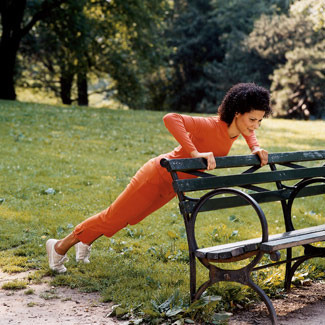[quote]Cephalic_Carnage wrote:
Your supraspinatus lack space and basically get slowly… eroded if that is the right word… between two bones.
(again, depends on shoulder structure, but it’s a fairly common way of getting injured).
You may not feel this at all… There are people with torn supraspinatus muscles who don’t feel any pain or noticed the tear happening, and only notice it when they can’t raise their arms past a certain point or so for example…
The bones grinding the muscle/tendon can also cause irriation, which will likely end up with the muscle swollen and that means even less space is available for it… That could get quite painful and accelerate the tearing process, but I’m not a doc myself so better ask someone like bushidobadboy for proper explanations.
Constant irritation might also cause some sort of calcification of the tendons, but again, I don’t know the specifics here.
You can also overstretch your shoulder capsule, at least if you don’t have short arms…
Now benching at an incline with flared elbows seems to work better, upper arm will travel at a different angle relative to the shoulder then…
There’s more stuff that can happen of course, I’m not familiar with all of it.
Benching primarily with your chest can be quite risky with heavy weight, torn pecs are very common… Actually, those don’t just happen with heavy weight… And they’re one of those injuries that seem to be unpredictable… You can do everything right and still tear a pec, and some people on the other hand seem to be virtually immune to that… I believe it’s the most common when flat bb benching because of the stretch applied…
having your shoulders come off the bench/rounding them at the top of a rep (so many people do this) can cause bicep tendon (crossing the shoulder) issues by restricting space for the tendon there… Similar to the sup spin. problem. That is of course not always related to elbow position.
[/quote]
wait dude, that first thing sounds pretty serious, i could be damaging my shoulder by benching flared without noticing it at all?
by the way, i have gotten kind of sloughing shoulders, which means that it’s hard for be to hold my hands together straight over my head, or hold my hand at my thighs like an army guy would do.
does this have anything do with my bench press form?
this is my form :
i pull my shoulder blades back and keep them there for the entire lift
my hands are at about average width, a little longer than shoulder length.
i bring it down to my upper chest, which makes me flare my elbows out.
feet flat on the ground
straight wrists
i have never felt any pain anywhere else than in my hamstrings( for some reason) bench pressing
i keep a good arch
Sometimes when it gets very heavy i bring the bar closer to my face as it becomes easier for me to lift it from that position. you know when the bar stops at the last rep of the set
so is there anything here that might make me get injured or give me posture problems like the one i mentioned?
